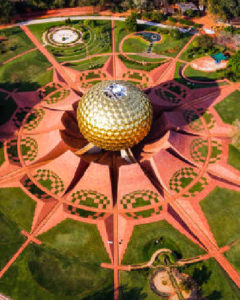- Home
- About us
- Destination
-
-
- Goa
Telangana

Andra Pradesh

- Tour Packages
- Car Rental
- Contact
Chennakeshava Temple
Chennakeshava Temple From Hassan

- Temple History
The Chennakeshava Temple, dedicated to Lord Vishnu, stands as a stunning testament to the grandeur of Hoysala architecture. Located in the town of Belur, Karnataka, this temple was commissioned by King Vishnuvardhana of the Hoysala dynasty in the 12th century. It is considered one of the finest examples of the architectural brilliance achieved during the Hoysala reign.
- Historical Significance
The construction of the Chennakeshava Temple began under King Vishnuvardhana, but it took over a century to complete, with contributions from several of his successors. The temple was consecrated in 1157 AD by Veera Ballala II, another prominent Hoysala ruler. The temple’s intricate carvings, sculptural details, and unique design have made it an architectural marvel of ancient India.
- Speciality
A visit to the Chennakeshava Temple is a journey through both history and architectural grandeur. The temple is renowned for its intricate carvings, sculptures, and ornate decorations, making it one of the finest examples of Hoysala architecture. As you explore the temple, you’ll come across over 600 statues of gods, goddesses, and legendary figures, including a towering 4-meter-high statue of Vishnu, one of the most sacred and revered statues in South India.
The temple walls are adorned with detailed sculptures depicting scenes from epic Hindu texts such as the Mahabharata and the Ramayana, offering a glimpse into the rich tapestry of Hindu mythology. This temple is dedicated exclusively to Lord Vishnu, and one of its most unique features is the belief that it was constructed at the sacred spot where Lord Vishnu is said to have appeared in the form of a boar (Varaha Avatar), adding a layer of spiritual significance to the site.
- Festivals
The festival of Chennakeshava Divya Brahma Rathotsava begins with Quran recitation.
Dress code – No strict dress code as such but modest clothing for both men and women which includes Dhoti or Pyjamas with upper cloth.
- Travel
- Mangalore airport is the nearest to reach Chennakeshava Temple. Drive from Mangalore airport to Chennakeshava Temple covers about 207 km




